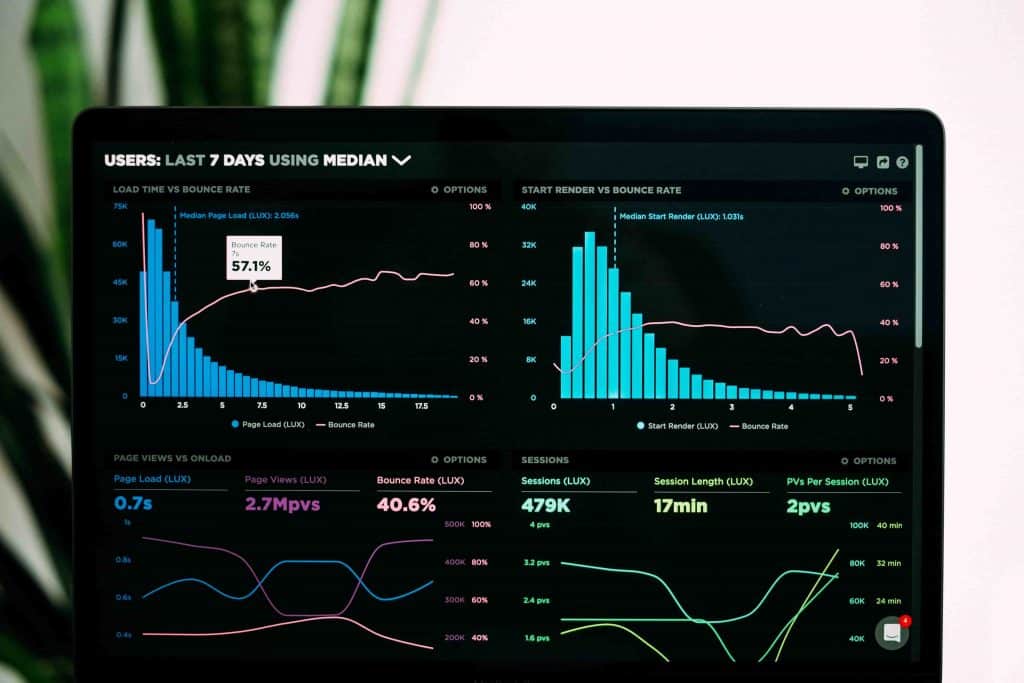When it comes to online advertising, few things are as effective as paid search. Paid search allows businesses to place ads at the top of search engine results pages (SERPs), directly in front of potential customers who are already looking for what you have to offer.
But with so many businesses competing for those prime spots, how can you make sure your paid search campaign is successful? By following these five tips, you can structure your campaign in a way that will help you reach your goals and maximize your return on investment (ROI).
What is paid search, and why should you use it?

Paid search is a form of online advertising that allows businesses to place ads at the top of search engine results pages (SERPs). By using paid search, businesses can reach potential customers who are already looking for what they have to offer.
Why should you use paid search? Paid search is one of the most effective forms of online advertising, and it can be extremely profitable for businesses of all sizes. Paid search allows businesses to target their ads to people who are already interested in what they have to offer, which means that they are much more likely to convert into customers. And since paid search campaigns can be easily customized and adjusted based on your goals and budget, it is a great option for businesses of all sizes.
The different components of a successful PPC campaign
To create a successful paid search campaign, you need to include four essential components:
- Goal setting: Before you launch your campaign, you need to set clear goals for what you want to achieve. Whether you want to increase website traffic, generate leads, or sell products, you need to decide what you want your campaign to achieve and measure your success against those goals.
- Keyword research: The next step is to identify the keywords that your customers are likely to use when searching for what you have to offer. This can be done with a variety of tools, such as Google AdWords’ Keyword Planner or the Google Search Console.
- Campaign creation: Once you have identified your keywords, it’s time to create your campaign. This includes creating ad groups and writing ads that will target those keywords.
- Tracking and optimization: Finally, you need to track your results and optimize your campaign as needed. This includes adjusting your bids, budget, and targeting criteria based on how well your ads are performing.
How to create effective ads

When it comes to paid search, creating effective ads is essential for reaching your target audience and achieving your desired results. But what makes an effective ad?
There are a few key elements that you should keep in mind when creating your ads:
Your headline should be catchy and relevant to the keywords you are targeting.
Your ad copy should be brief but persuasive, and it should address the needs of your potential customers.
Your landing page should be designed to convert visitors into customers. It should be easy to navigate and include clear call-to-action buttons.
The best way to create effective ads is to test and optimize them regularly. Try different headlines, copy, and landing pages to see what works best for your business.
Targeting your audience
When it comes to paid search, targeting your audience is essential for reaching your target customers and achieving your desired results. But what makes an effective target audience?
There are a few key elements that you should keep in mind when targeting your audience:
- Your target audience should be relevant to the keywords you are targeting.
- Your target audience should be interested in what you have to offer.
- Your target audience should be within your budget.
- Your target audience should be easy to reach.
The best way to target your audience is to test and optimize them regularly. Try different demographics, interests, and locations to see what works best for your business.

Measuring the success of your campaign
One of the most important aspects of any paid search campaign is measuring its success. By tracking your results and adjusting your campaign accordingly, you can ensure that you’re getting the most out of your investment.
There are a number of ways to measure the success of your campaign, including:
- Conversion rate: This is the percentage of visitors who complete a desired action, such as submitting a form or making a purchase. By tracking your conversion rate, you can see how well your ads are performing and make necessary adjustments.
- Cost per conversion: This is the average amount you’re spending to generate a conversion. By tracking this metric, you can determine whether your campaign is profitable and make necessary adjustments.
- Click-through rate (CTR): This is the percentage of people who click on your ad after seeing it. By tracking your CTR, you can see how effective your ads are and make necessary adjustments.
- impressions: This is the number of times your ad has been shown to potential customers. By tracking your impressions, you can see how popular your ads are and make necessary adjustments.
- Bounce rate: This is the percentage of people who visit only one page on your website before leaving. By tracking your bounce rate, you can see how engaging your website is and make necessary adjustments.
- Pages per visit: This is the average number of pages that people visit on your website before leaving. By tracking this metric, you can see how interested people are in what you have to offer and make necessary adjustments
Conclusion

Running a successful paid search campaign requires a lot of planning and effort, but it can be well worth the investment. By targeting your audience correctly, creating effective ads, and measuring the success of your campaign, you can ensure that you’re getting the most out of your paid search efforts. Are you ready to start running your own successful PPC campaign?



